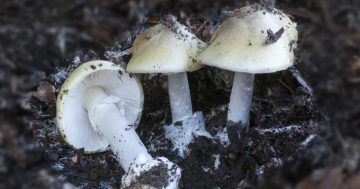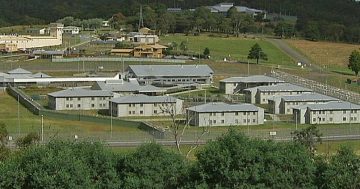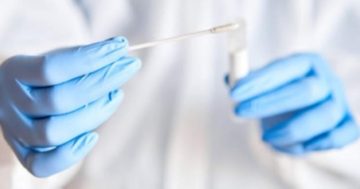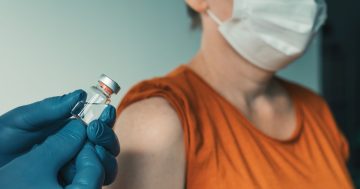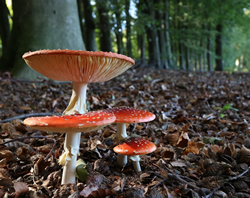 South Australians planning to spend time outdoors are reminded of the risks of foraging wild mushrooms.
South Australians planning to spend time outdoors are reminded of the risks of foraging wild mushrooms.
According to SA Health, the cooler and wetter conditions that came in over summer brought the ideal growing conditions for wild mushrooms in areas such as parks, backyards in mulch or compost, roadsides, farm paddocks, nature reserves and forests.
SA Health said it had received reports of the Death Cap mushrooms – Amanita Phalloides – which are extremely poisonous and must not be eaten.
It said fatal Death Cap mushrooms were extremely difficult to distinguish from other wild mushrooms and could resemble edible species.
“Wild mushrooms can pop up quickly and may look inviting to touch and eat but ingesting them can cause serious illness or death,” SA Health said.
“This is why it is important to not eat wild mushrooms, to keep a close eye on curious children, as well as pets, especially when outside,” it said.
“Symptoms of mushroom poisoning include severe stomach cramps, nausea, vomiting and diarrhoea, which may take several hours to appear and can last up to three days.”
It said that poisoning from several varieties, including death-cap mushrooms, may have delayed onset of symptoms – up to 24 hours – and could cause life-threatening liver damage.
Public Health Physician Dr Kate Murton said that around half the calls made to the Poisons Information Centre in recent years related to mushroom poisoning involving children under five.
“Our strong advice is to not eat wild mushrooms – it’s not worth the risk,” Dr Murton said.
“If you suspect you or someone you know has eaten a wild mushroom do not wait for symptoms to appear, contact the Poisons Information Centre on 13 11 26 for advice and always call triple zero (000) in an emergency,” she said.
“If you suspect your pet has eaten wild mushrooms, seek veterinary attention immediately.”
Senior Botanist-Mycologist at Botanic Gardens and the State Herbarium, Dr Teresa Lebel, said wild mushrooms were fascinating.
“Discover, appreciate, photograph them and leave them growing in nature,” Dr Lebel said.
“There is no simple way to tell if a mushroom is safe to eat or not,” she said.
“Our strong advice is people should only eat mushrooms from a reliable supermarket or greengrocer.”
Dr Lebel said anyone coming in contact with a wild mushroom should take photos of the mushroom and its general location or if possible, take a mushroom as well, to help experts identify the species and determine the most appropriate treatment.
More information relating to mushroom poisoning from SA Health can be accessed at this PS News link.


